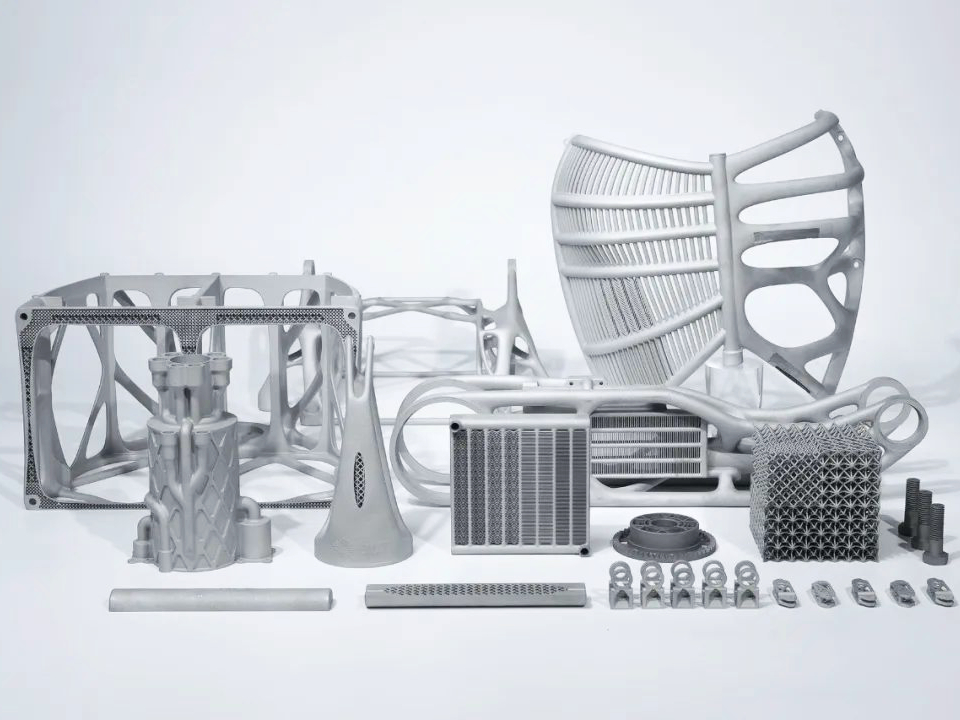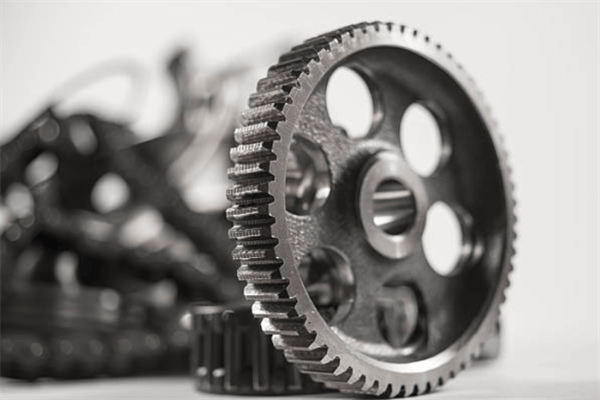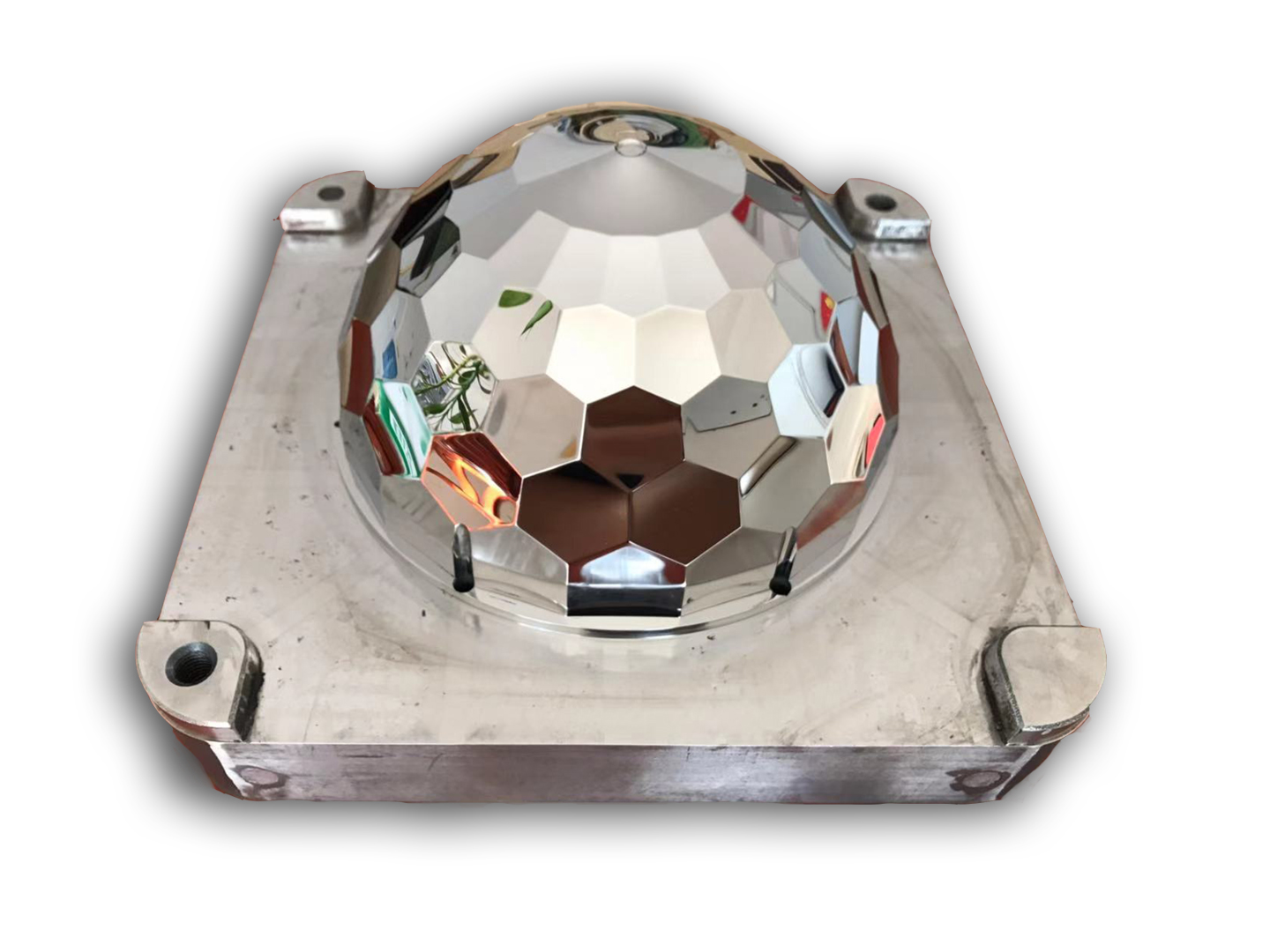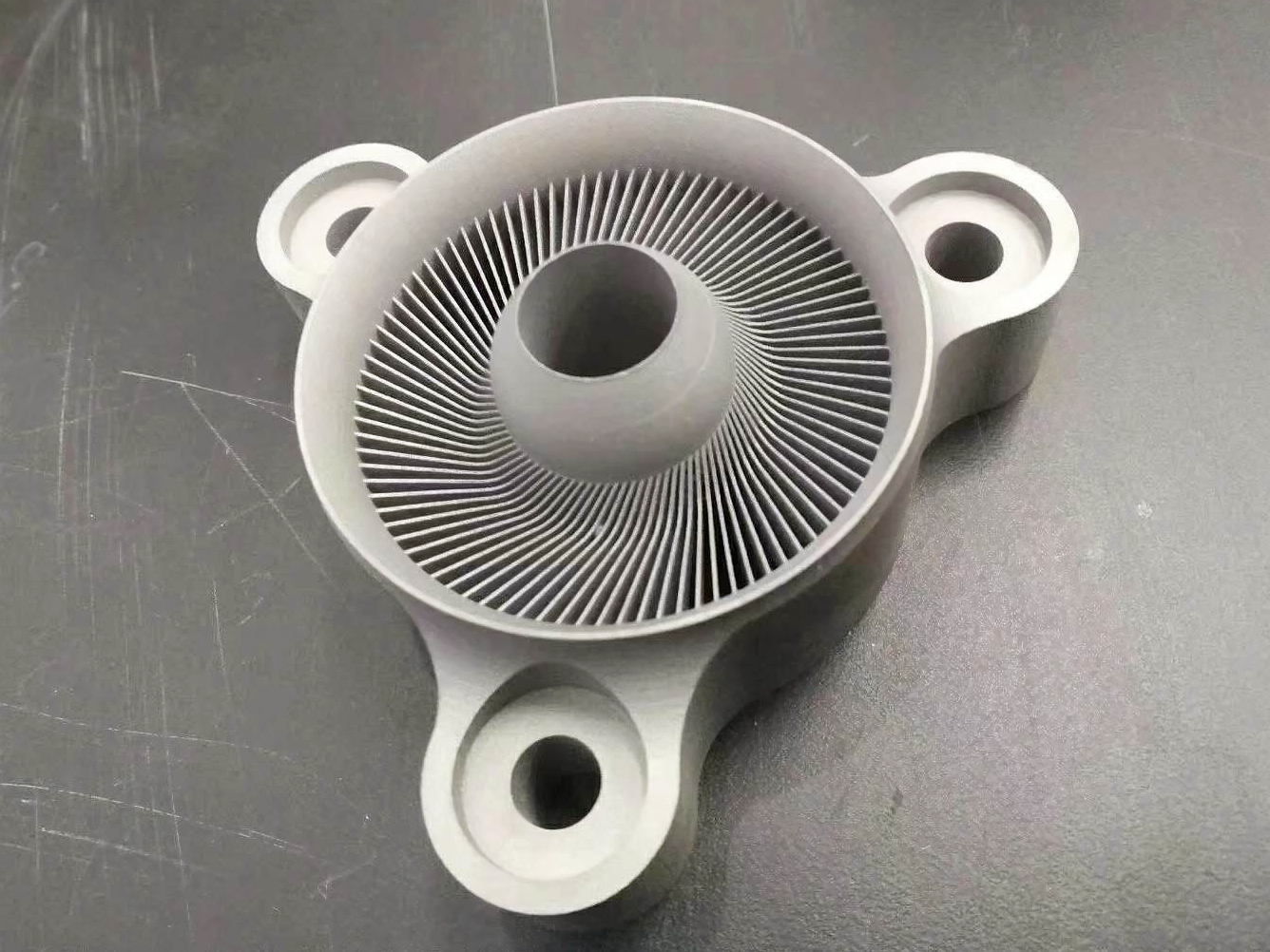Strength and Versatility: Exploring Custom Carbon Steel 3D Printing Applications
 Carbon steel’s strength, durability, and versatility make it ideal for 3D printing in industries requiring robust components. With a tensile strength ranging from 500 to 700 MPa, carbon steel is essential for applications in aerospace, automotive, tooling, and industrial manufacturing. 3D printing enables the production of custom, high-performance parts with complex geometries and precise designs, offering a competitive edge in efficiency and cost.
Carbon steel’s strength, durability, and versatility make it ideal for 3D printing in industries requiring robust components. With a tensile strength ranging from 500 to 700 MPa, carbon steel is essential for applications in aerospace, automotive, tooling, and industrial manufacturing. 3D printing enables the production of custom, high-performance parts with complex geometries and precise designs, offering a competitive edge in efficiency and cost.
Advantages of Carbon Steel in 3D Printing
Carbon steel’s properties—high strength, resistance to wear, and fatigue—make it a top choice for 3D printing in applications that require robust, durable components. Key advantages include:
High Strength and Durability: Carbon steel can withstand high-stress environments. Its tensile strength of up to 700 MPa makes it suitable for machinery parts, structural components, and tools.
Cost-Effectiveness: Compared to materials like titanium or Inconel, carbon steel offers a more affordable solution, making it ideal for applications that require high-strength materials without the premium price tag.
Customization: 3D printing with carbon steel allows manufacturers to produce highly customized parts with complex geometries. This customization is particularly valuable in industries that require parts that traditional manufacturing methods cannot make, such as intricate internal features or lightweight structures.
Faster Prototyping: 3D printing enables rapid prototyping of carbon steel components. Engineers and designers can quickly iterate on designs, reducing the time it takes to bring products to market. This is crucial for industries like automotive and aerospace, where speed and efficiency are key.
Carbon Steel 3D Printing Technologies
The use of carbon steel in 3D printing requires advanced technologies capable of handling metal powders or filaments and building up parts layer by layer. Some of the most common 3D printing technologies used for carbon steel include:
Direct Energy Deposition (DED): DED uses a focused energy source to melt carbon steel powder. It is suitable for repairing or adding features to existing parts and is often used in aerospace, defense, and tooling industries.
Selective Laser Melting (SLM): SLM uses a laser to selectively melt carbon steel powder, layer by layer, to create fully dense and highly detailed parts. SLM can produce parts with mechanical properties comparable to those made through traditional metalworking processes like forging and casting. The technology is widely used in the aerospace and automotive industries for high-performance parts.
Powder Bed Fusion (PBF): Powder Bed Fusion uses a laser to melt layers of carbon steel powder, fusing them to create solid parts. The process is highly accurate and can create complex geometries with high strength. This technology is well-suited for producing carbon steel parts used in tools, manufacturing equipment, and high-stress applications.
Each technology provides different advantages depending on the application, part size, and material requirements.
Key Applications of Carbon Steel 3D Printing
Carbon steel 3D printing is making a significant impact in industries that require strong, reliable components. Some of the most notable applications of carbon steel 3D printing include:
Aerospace: In the aerospace industry, weight and strength are critical factors. Carbon steel 3D printing allows manufacturers to create lightweight yet durable parts, such as structural components, brackets, and mounting fixtures, which are used in aircraft and spacecraft. The ability to print complex geometries helps reduce weight without sacrificing strength.
Automotive: Carbon steel is widely used in the automotive industry to create engine components, chassis parts, and structural reinforcements. 3D printing allows for rapid prototyping of these parts, which is crucial for the fast-paced development cycles in the automotive sector. Carbon steel 3D printing is also ideal for producing customized tools and jigs for assembly lines.
Industrial Equipment: Carbon steel 3D printing is used in industrial manufacturing to produce durable components like gears, valves, and bearings. The ability to print intricate internal structures and cooling channels makes 3D-printed carbon steel parts ideal for high-performance applications.
Tooling: Carbon steel is often used to manufacture custom tools and dies. With 3D printing, manufacturers can produce highly specialized tooling with complex internal geometries that traditional methods cannot achieve, enhancing manufacturing efficiency.
Oil and Gas: The oil and gas industry benefits from carbon steel 3D printing for creating piping components, valves, and structural supports in extreme environments. The material's resistance to corrosion, wear, and high temperatures makes it ideal for applications in harsh conditions.
Benefits of Carbon Steel 3D Printing
Design Flexibility: Carbon steel 3D printing allows for creating geometrically complex parts that would be difficult or impossible to achieve with traditional manufacturing methods. This flexibility allows for innovation in part design, such as lightweight structures with internal channels for cooling or strength optimization.
Enhanced Performance: 3D printed carbon steel parts offer high strength, thermal, and wear resistance. These parts are ideal for high-stress applications such as automotive engines, aerospace components, and industrial equipment.
Cost Efficiency: 3D printing allows for low-volume production without expensive molds, making it cost-effective for custom parts or small runs.
Reduced Waste: Unlike traditional subtractive methods, 3D printing only uses the material required to create the part, minimizing material waste and optimizing efficiency.
Challenges of Carbon Steel 3D Printing
Despite its advantages, carbon steel 3D printing does come with certain challenges, including:
Surface Finish: 3D printed carbon steel parts may have rough surfaces that require post-processing such as grinding or polishing to meet final specifications.
Residual Stress: Due to rapid cooling during printing, residual stresses may form. Post-processing methods such as stress relief annealing help mitigate this issue.
Material Consistency: Achieving uniform material properties in 3D printed carbon steel parts can be challenging, especially when using metal powders. Proper handling and printing parameters are critical to maintaining consistency.
Conclusion
Carbon steel 3D printing allows industries to produce high-strength, durable parts with complex geometries at a reduced cost. This technology enables fast prototyping, part customization, and cost-effective production runs, making it ideal for aerospace, automotive, and tooling sectors. As 3D printing technologies evolve, carbon steel’s role in additive manufacturing will continue to grow, unlocking new opportunities for optimization and cost-effective production.
FAQs
What are the key benefits of carbon steel 3D printing over traditional manufacturing methods?
Which industries benefit the most from carbon steel 3D printing?
What 3D printing technologies are most suitable for carbon steel?
What challenges exist when 3D printing carbon steel, and how can they be addressed?
How do 3D printed carbon steel parts compare to traditionally manufactured components in terms of strength and performance?



